Residents can do little but mourn in city worst-hit by Turkey earthquake
There is barely a building left unmarked in the city closest to the epicentre of the earthquake that has torn a seam of destruction through Turkey and Syria.
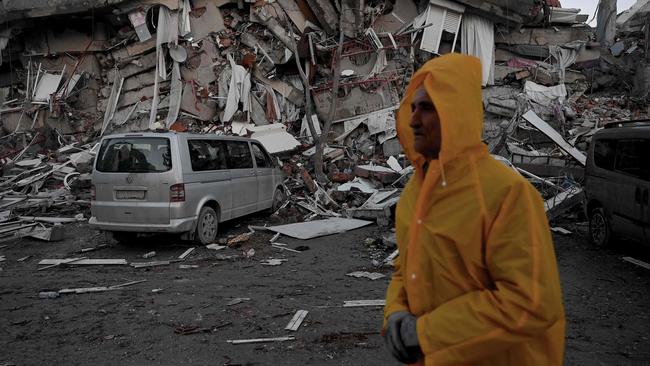
There is barely a building left unmarked in Kahramanmaras, the city closest to the epicentre of the earthquake that has torn a seam of destruction through southern Turkey and Syria. Some streets are little more than piles of timber and masonry, many of them still smouldering from the fires that started as they fell.
Those that have not collapsed lean against each other at teetering angles, chunks of their frontages having fallen away to reveal eerie tableaux of wallpaper and soft furnishings.
Yet it is other buildings in the Turkish city that have drawn the crowds. For the length of entire districts, six-storey apartment blocks have been reduced to single-storey height, their layers slamming down on top of each other and crushing almost everything within.
Scattered around are clues to what these places once were: oranges that had been stacked up in a grocer’s shop now rotting and spilling into the road; a clothes drier still draped in colourful fabrics; and teddy bears.
Residents are picking desperately through what remains, watched by silent women and old men wrapped up against the bitter cold.
In the gap between two concrete layers, a woman’s leg was visible: pale, delicate and fringed by the nightdress she had worn when she went to bed on Sunday evening.
“My children are in there! My grandchildren,” cried a woman, stumbling in front of a mint-green cottage with a red-tiled roof. It had fallen forwards on to the pavement and two teenage boys had scrambled up the rubble and through a second-floor window to look for the children.
They emerged a few minutes later, their faces white and stony. Every few minutes, a team of men carried a body between them to a line of waiting ambulances.
On Tuesday morning we entered Kahramanmaras shortly after the first rescue teams had reached the town. The quake has left parts of this mountainous region inaccessible; its infrastructure has been smashed, many of its roads are impassable and the worst-hit towns are without power, gas, phone signal or running water.
Isolated in the first hours after the disaster, the people of Kahramanmaras began searching through the wreckage themselves, bringing cranes and diggers from construction companies.
The devout searched among the debris for copies of the Quran, piling them on top of a crushed car to save them from touching the ground.
“The situation was terrible. All the roads were blocked, no vehicles could get in,” said Mustafa Gurbak, who was waiting for rescuers to find his brother, Mehmet, in the remains of his building on the city’s southern edge. “The workers are struggling hard, but there are buildings like this one everywhere. How can they search them all? They don’t have enough people, or equipment.”
Even now that professional teams are arriving, there seems little chance of finding many survivors. The first magnitude 7.8 tremor struck at 4.17am on Monday, when almost everyone was asleep. It began “like waves and then the waves got bigger and bigger”, said Alaaddin, an elderly man who did not want to give his second name.
Buildings collapsed within seconds, but the tremor continued for a minute, gaining power. “It was terrifying, like a nightmare. When we got out on to the street, everybody was screaming and wailing,” said Dilhan Gok, 40, who was waiting for news of her friend, Meriban.
No one has slept indoors since they were jolted from their beds on Monday. Some of the suburbs are still standing, but those who initially returned to their homes were forced out again by the string of aftershocks that followed the first quake.
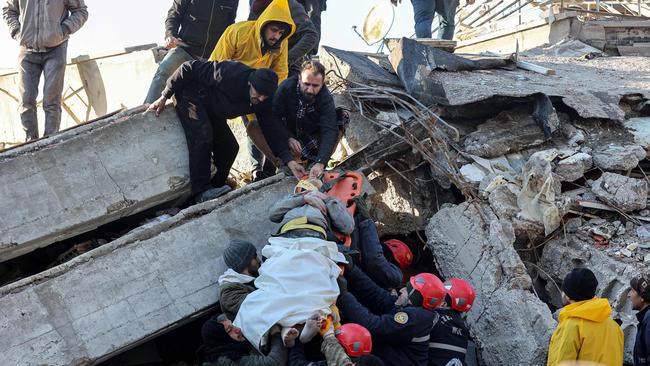
In the centre, every street is a wasteland. A miasma of concrete dust and smoke from the fires still burning across the city hangs over the destruction and, in places, there is already the stench of decay.
Funerals in Muslim countries are usually held within a day of death, but no prayers have yet been said for the dead of Kahramanmaras. Those who have not been able to stay with relatives in villages outside the city are sleeping in tents set up in the park, or in their cars. But those looking for their loved ones do not leave the rescue sites, lighting bonfires to keep warm and periodically trying to call their phones. “We don’t know what to do other than wait,” Dilber Gurbak said.
Even buildings that still stand upright are, on closer inspection, destroyed from within. The plate-glass windows of a college foyer seemed normal, but inside, ceiling panels and wiring hung down in a jumble.
Lines of bunting were still attached to the eaves of a furniture shop that had opened only a few weeks ago. Among the most jarring tokens of normality were the scattered shop signs depicting international brands, a mark of the rapid development that had taken this town from poverty to middle-class consumer aspiration in the space of a couple of decades. Now it has been undone in a day by the biggest earthquake to have hit the region in centuries.
“Kahramanmaras has been erased. There is nothing left,” said Husniye Dogan, who was trying to find her daughter.
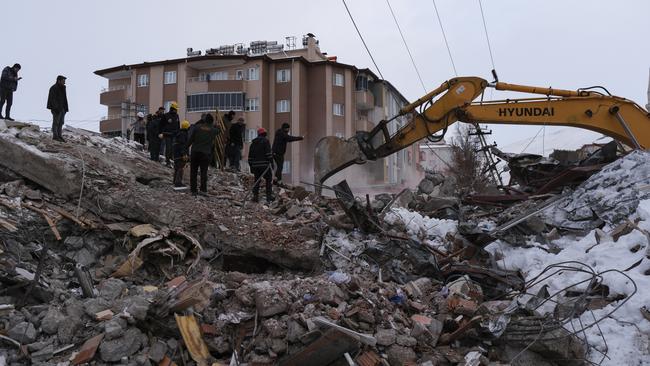
Across the region, from Mesopotamia to the Mediterranean, dozens more towns are suffering similar fates. The total number of dead stands at more than 7,800.
The quake had ripped up tarmac and split open pipelines. The viaducts of the highway, a slick six-lane motorway that runs through the heart of the destruction zone, were tilted on their concrete columns. In the fields, grain silos had tipped on to their sides, while others had disintegrated, spilling their contents in huge heaps across the earth.
Nurdagi, the last town before Kahramanmaras, was split in two, one side untouched, the other demolished.
In the neighbouring province of Hatay, a mountainous thumb of land jutting down into Syria at the western end of the border, rescue workers were still struggling to reach the hardest hit places. On social media, Turks and Syrians alike are pleading for their missing family members to be rescued, posting pictures alongside addresses and map co-ordinates of their homes.
The Times


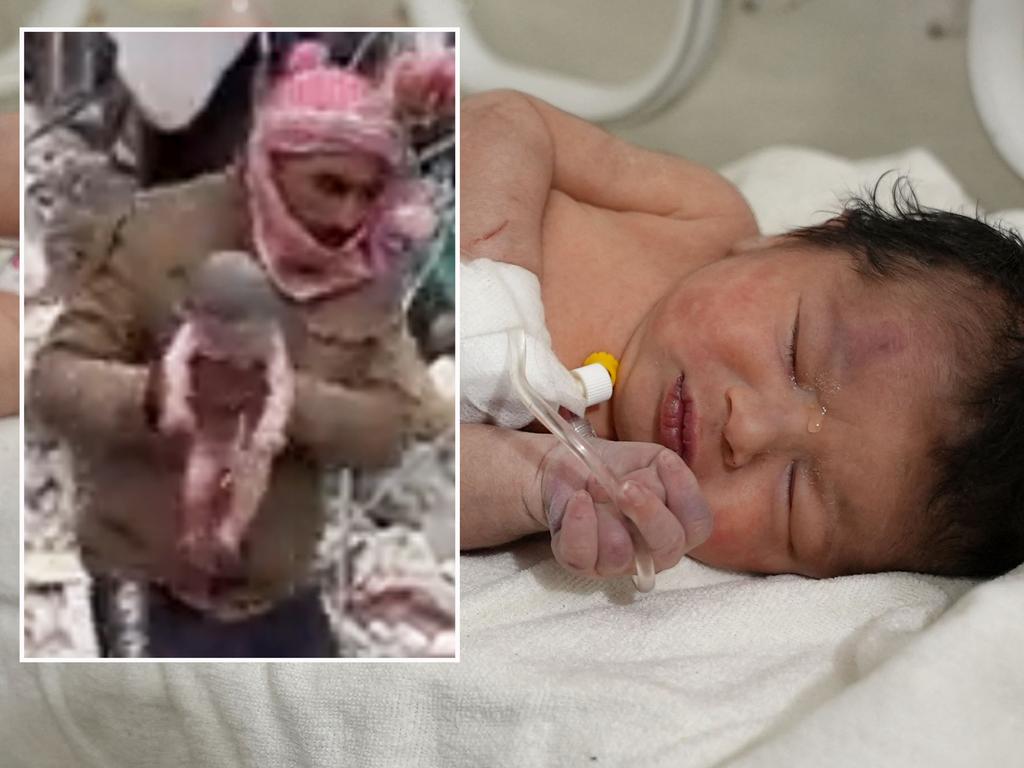
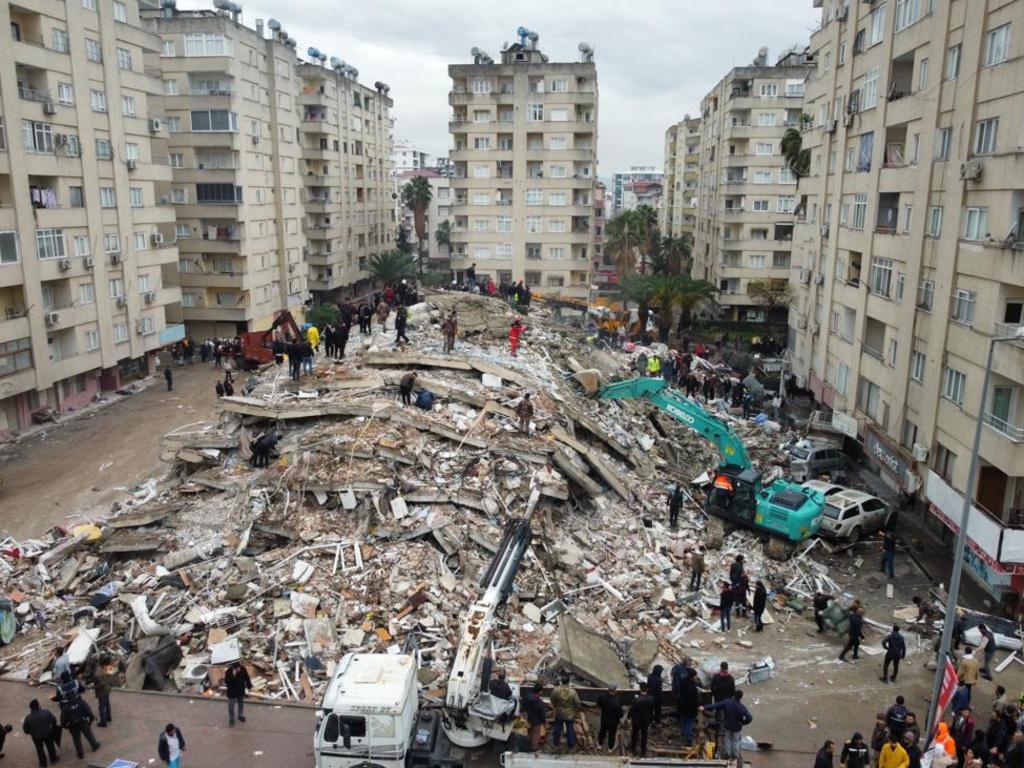
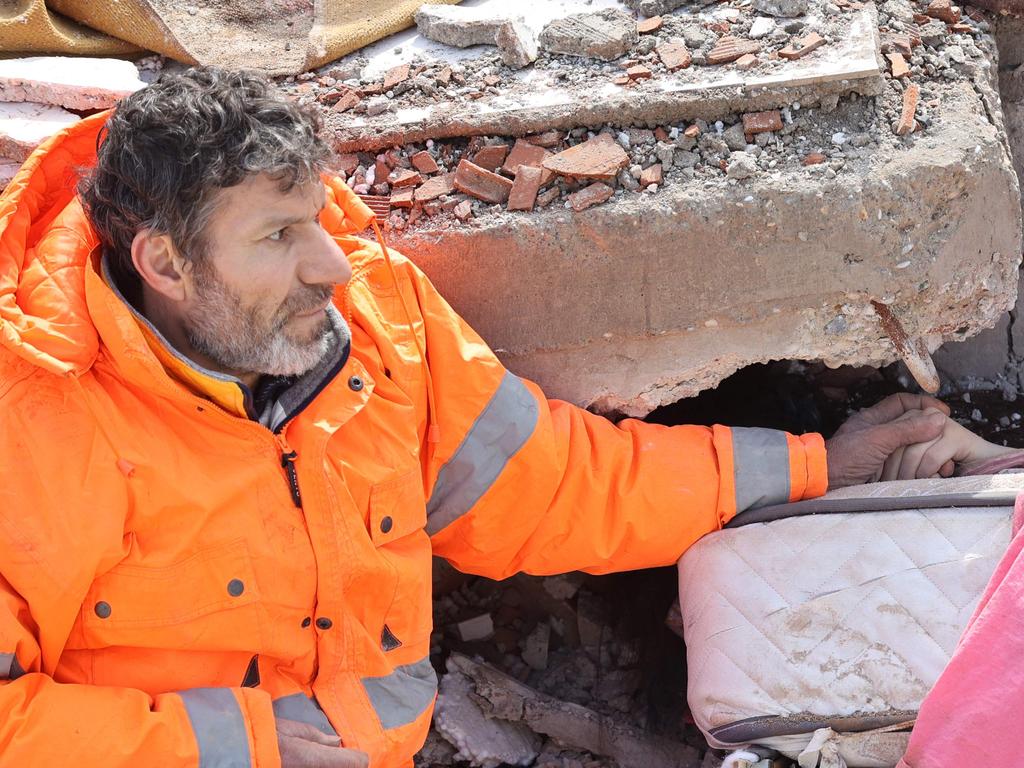
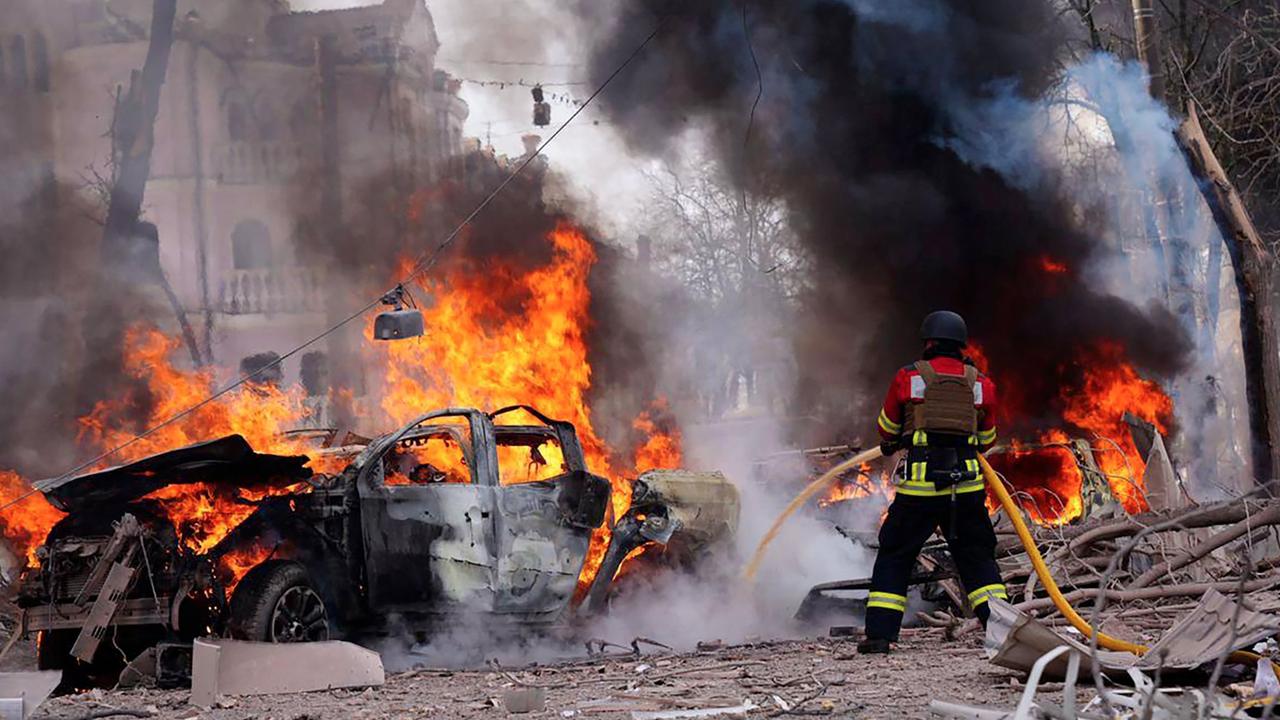

To join the conversation, please log in. Don't have an account? Register
Join the conversation, you are commenting as Logout